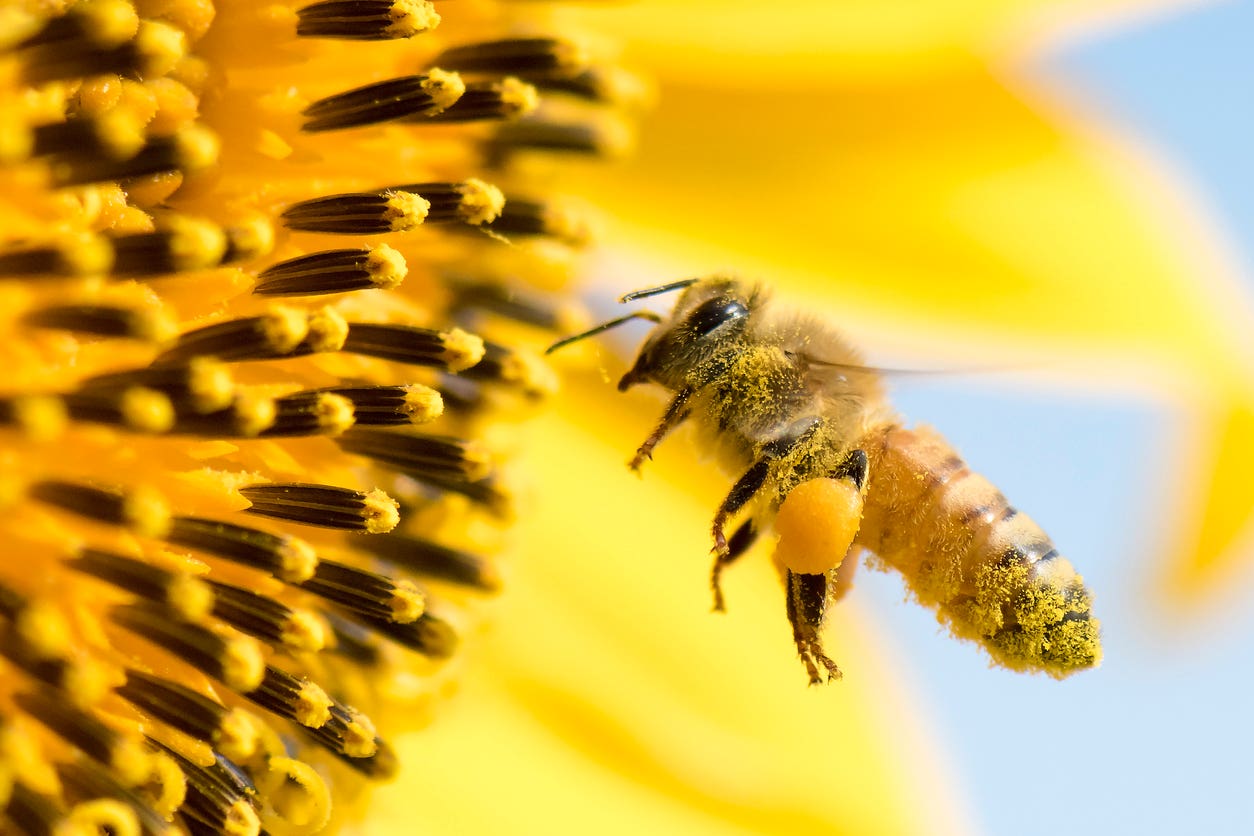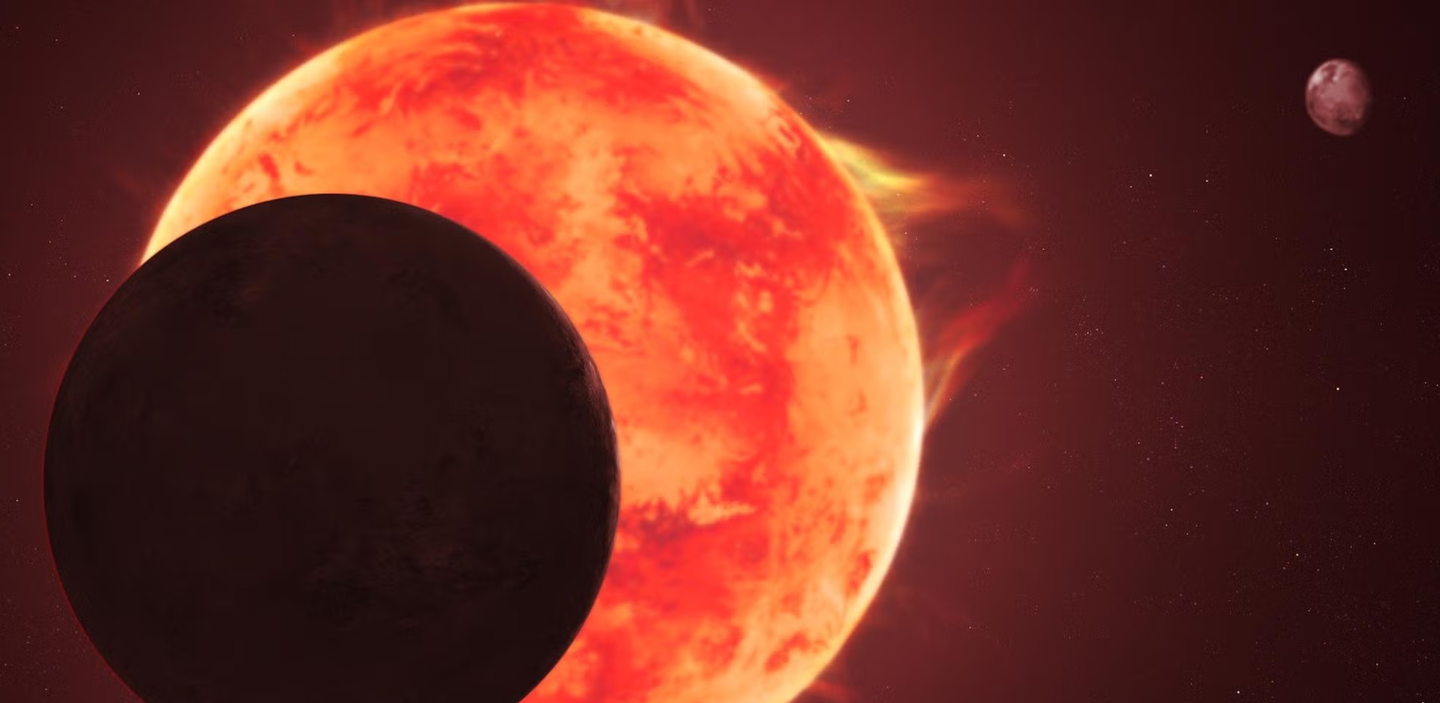Breakthrough research reveals why bees are increasingly making less honey
Honey production in the US has faced a puzzling decline since the 1990s, leaving both honey producers and scientists scratching their heads.

Popular honey-producing Western honey bees. (CREDIT: Creative Commons)
Honey production in the United States has faced a puzzling decline since the 1990s, leaving both honey producers and scientists scratching their heads. However, a recent study conducted by researchers at Penn State University has provided valuable insights into the mysterious disappearance of honey.
Leveraging five decades of data from across the country, these scientists embarked on a mission to unravel the factors contributing to this decline and the mechanisms involved. The results of their study, published in the journal Environmental Research, shed light on the complex web of reasons behind this phenomenon.
The researchers tapped into a wealth of information, drawing from various open-source databases, including those maintained by the United States Department of Agriculture (USDA). Their dataset encompassed critical details such as average honey yields per honey bee colony, land usage, herbicide application, climate conditions, weather anomalies, and soil productivity across the continental United States.
In their comprehensive analysis, the research team pinpointed several key factors that appeared to be influential in honey production. Climate conditions and soil productivity, reflecting the soil's ability to support crops based on its physical, chemical, and biological properties, stood out as major contributors.
Related Stories:
States located in both warm and cool regions witnessed higher honey yields when their soils were conducive to crop growth.
Lead author Gabriela Quinlan, a National Science Foundation postdoctoral research fellow in Penn State's Department of Entomology and Center for Pollinator Research, was inspired to initiate this study after hearing a recurring lament among beekeepers about the inability to produce honey as they once did.
Quinlan highlighted that climate change became increasingly linked to honey yields in the data after 1992, suggesting that its impact on honey production may grow more pronounced in the future. She noted, "It's unclear how climate change will continue to affect honey production, but our findings may help to predict these changes." Co-author Christina Grozinger, Publius Vergilius Maro Professor of Entomology and director of the Center for Pollinator Research, emphasized the uniqueness of this study.
Conceptual diagram illustrating the environmental filtering process influencing pollinator floral resource availability. As one moves up the pyramid, environmental factors act at finer spatial and temporal scales and further filter floral resource availability. (CREDIT: Environmental Research Letters)
While prior research had explored factors influencing flowering plant abundance and flower production, these studies were often confined to specific regions. Grozinger stated, "What's really unique about this study is that we were able to take advantage of 50 years of data from across the continental U.S.," enabling them to examine the role of various factors on nectar availability for honey bees and other pollinators.
A critical concern for pollinators is the availability of flowers that provide pollen and nectar for sustenance. As different regions offer varying conditions for flowering plants based on climate and soil characteristics, identifying bee-friendly landscapes has become a growing interest.
In their comprehensive analysis, the research team pinpointed several key factors that appeared to be influential in honey production.(CREDIT: Tawan Boonnak)
Quinlan explained, "Honey bees are really good foragers, collecting nectar from a variety of flowering plants and turning that nectar into honey. I was curious that if beekeepers are seeing less honey, does that mean there are fewer floral resources available to pollinators overall?"
One of the most intriguing findings of the study was the significance of soil productivity, an aspect that has been underexplored in the context of pollinator suitability. While studies often focused on soil nutrients, less attention had been paid to factors like temperature, texture, and structure, which influence productivity and, in turn, pollinator resources.
Parameter importance to describing honey yield, before and after 1992. Parameters are variables or groups of variables assessed using hierarchical partitioning. (CREDIT: Environmental Research Letters)
Moreover, the research revealed that decreases in soybean cultivation and increases in the Conservation Reserve Program land, a national conservation initiative supporting pollinators, had a positive impact on honey yields. Additionally, the application of herbicides was found to be a crucial factor, possibly because it reduced the nutritional sources available to bees by eliminating flowering weeds.
As the world grapples with the consequences of climate change, such research is essential to ensure the well-being of these vital pollinators and the honey they produce.
For more science and technology stories check out our New Discoveries section at The Brighter Side of News.
Note: Materials provided above by The Brighter Side of News. Content may be edited for style and length.
Like these kind of feel good stories? Get the Brighter Side of News' newsletter.



